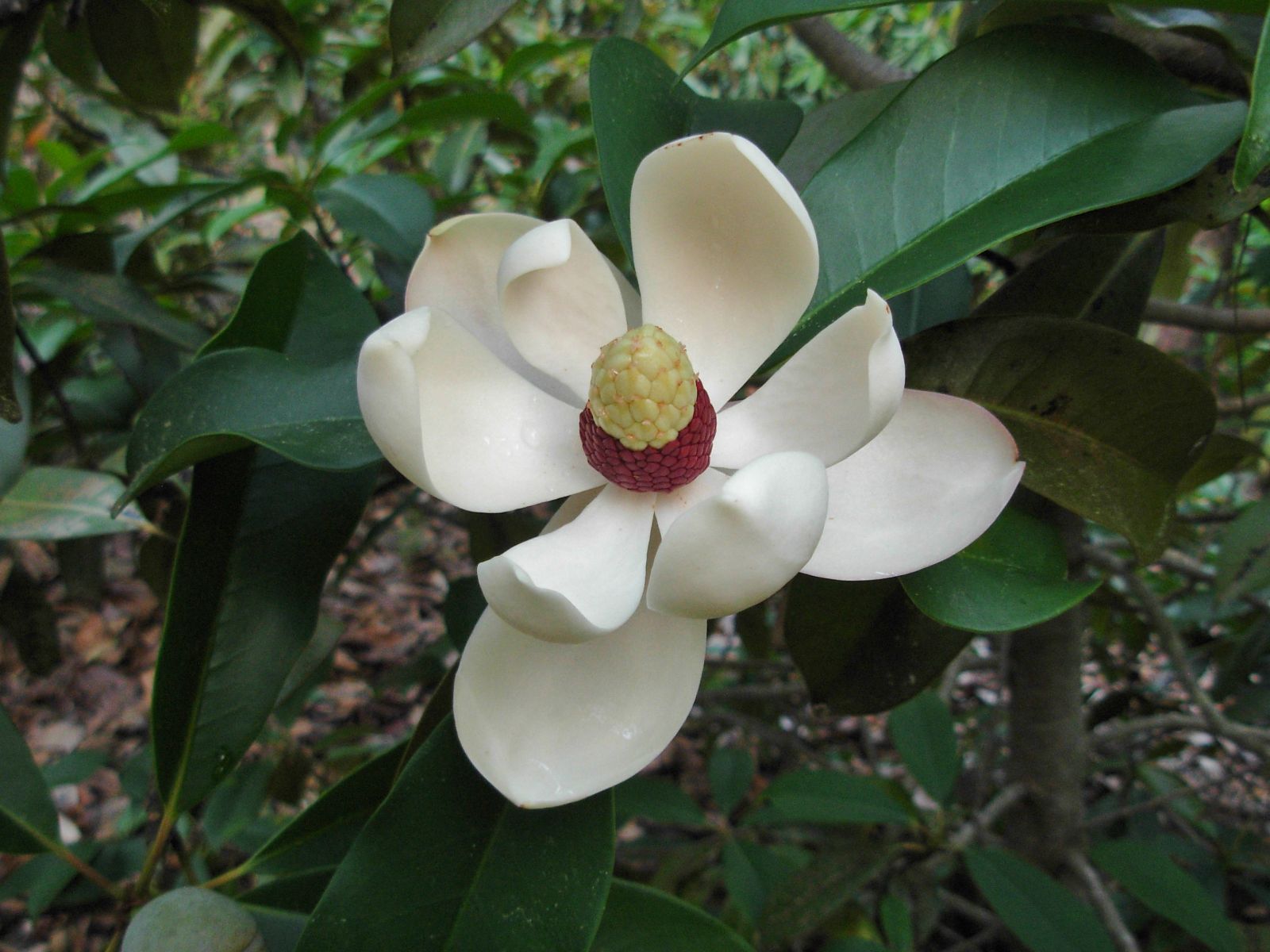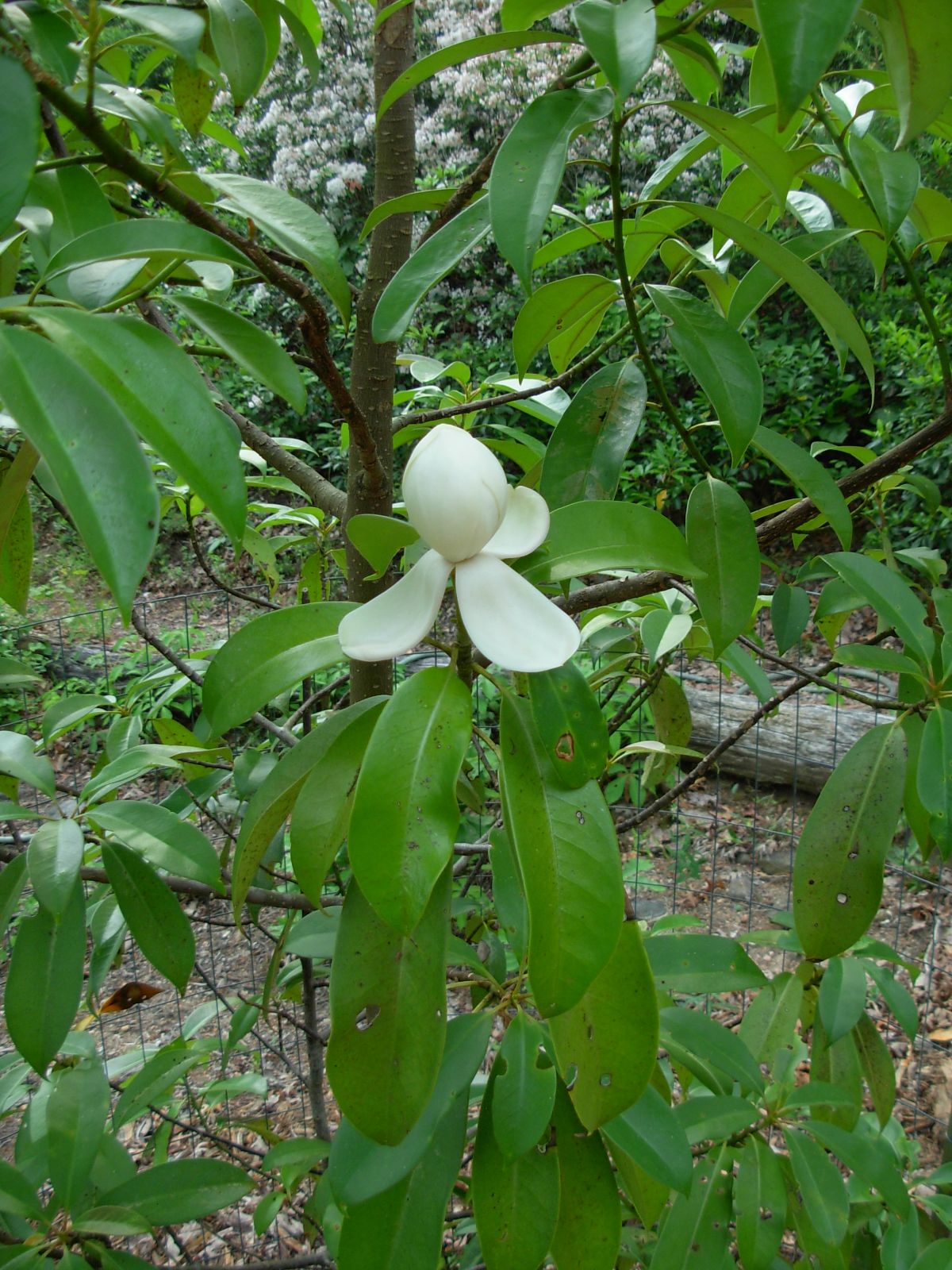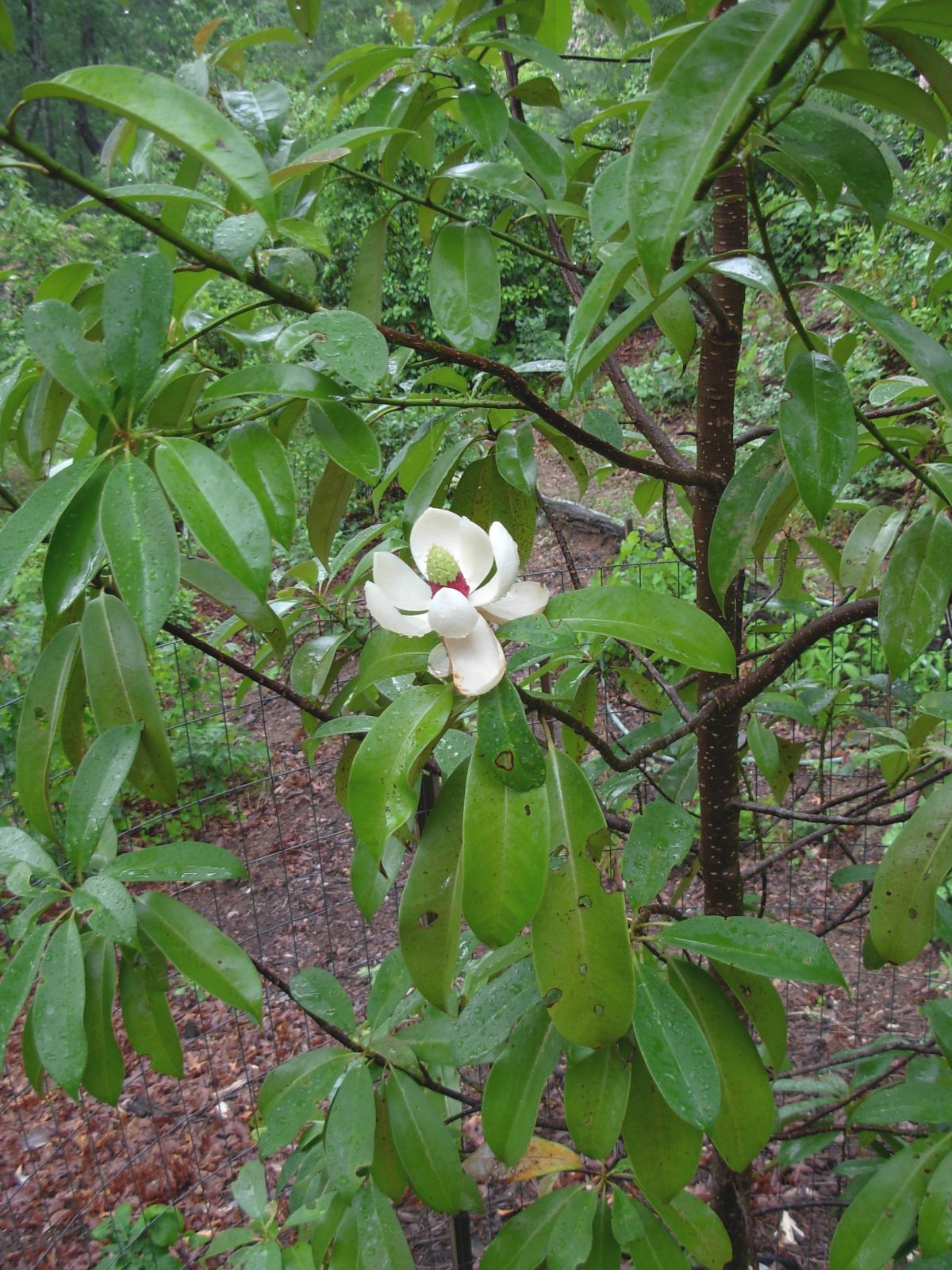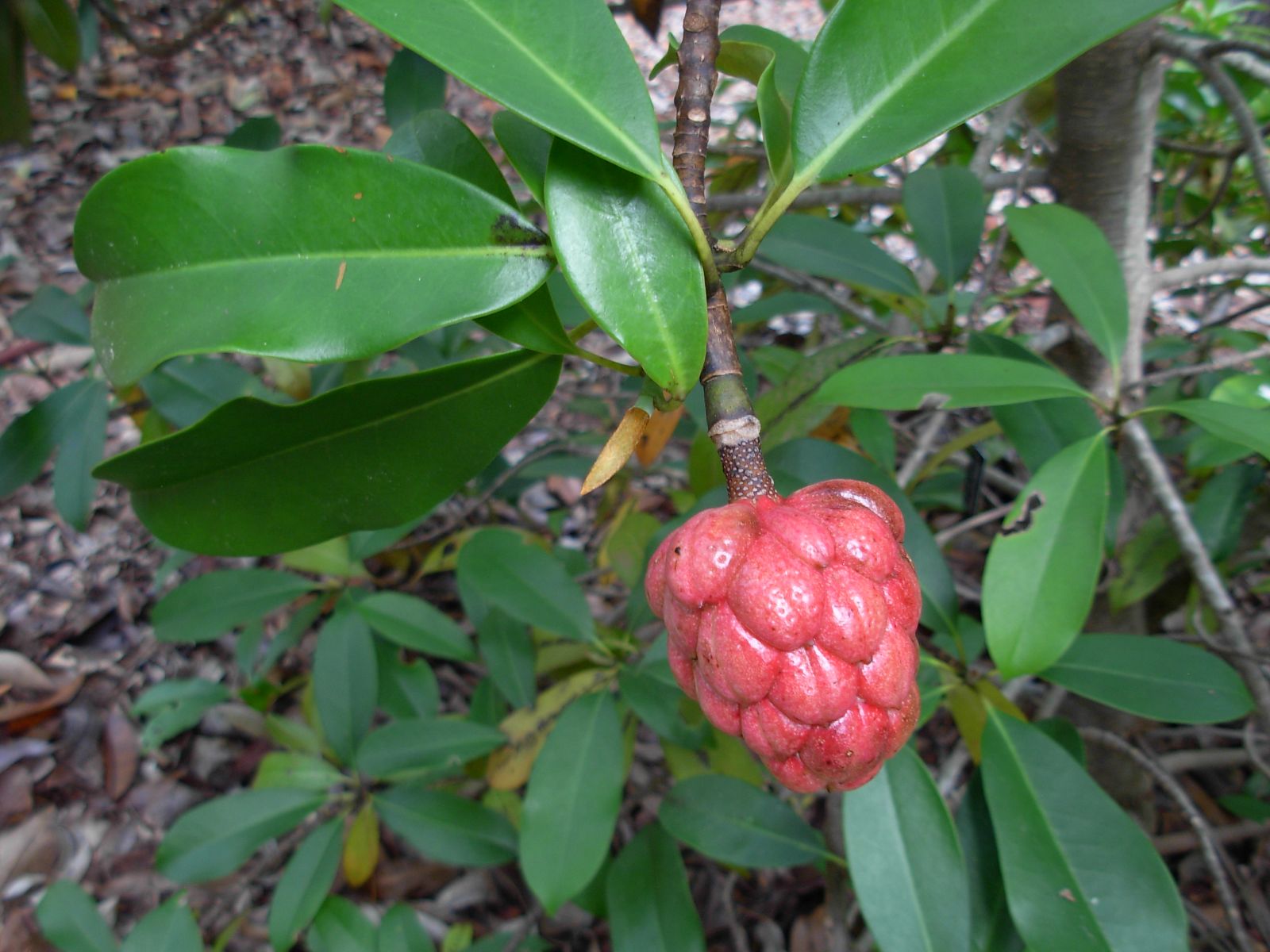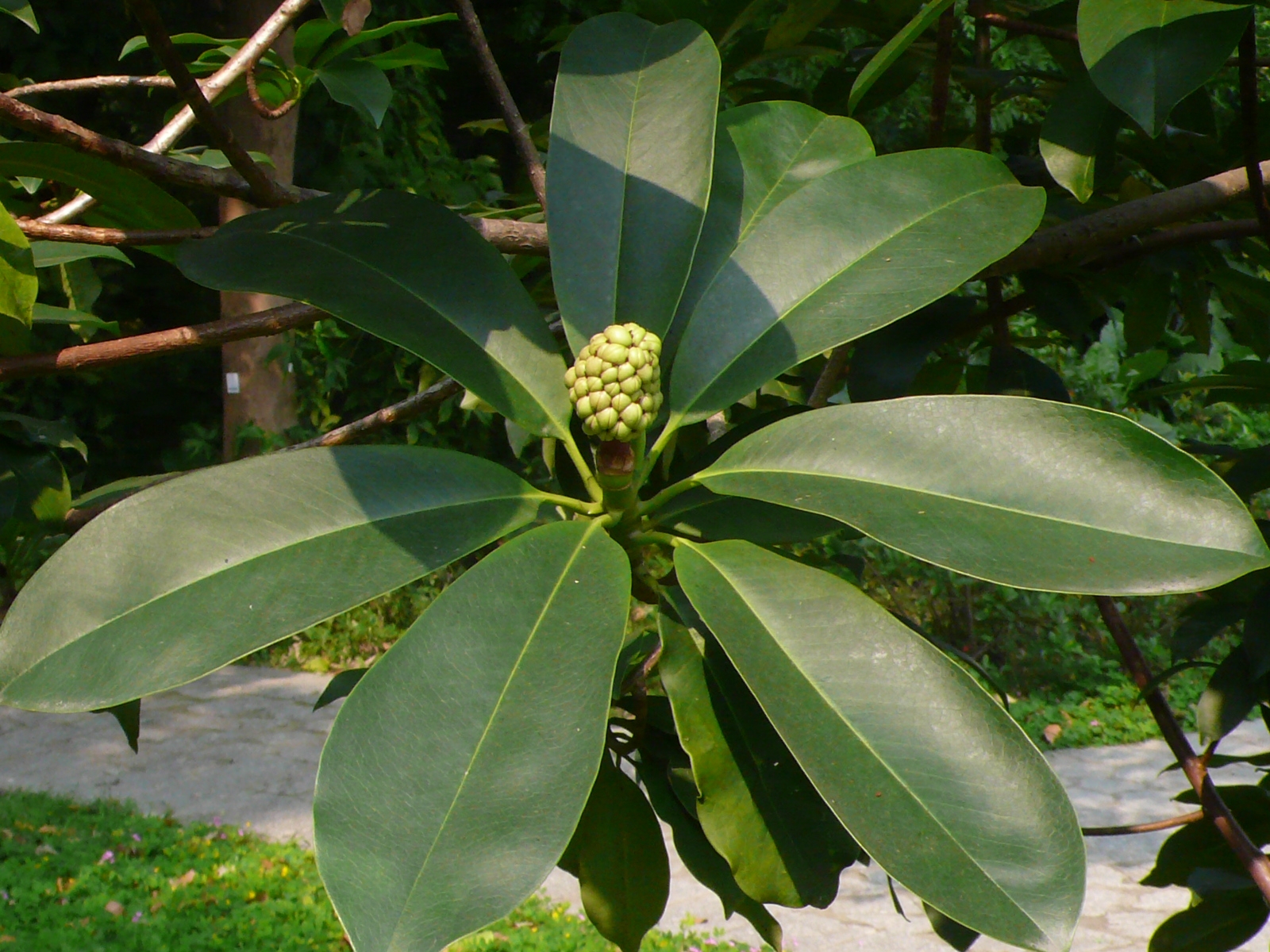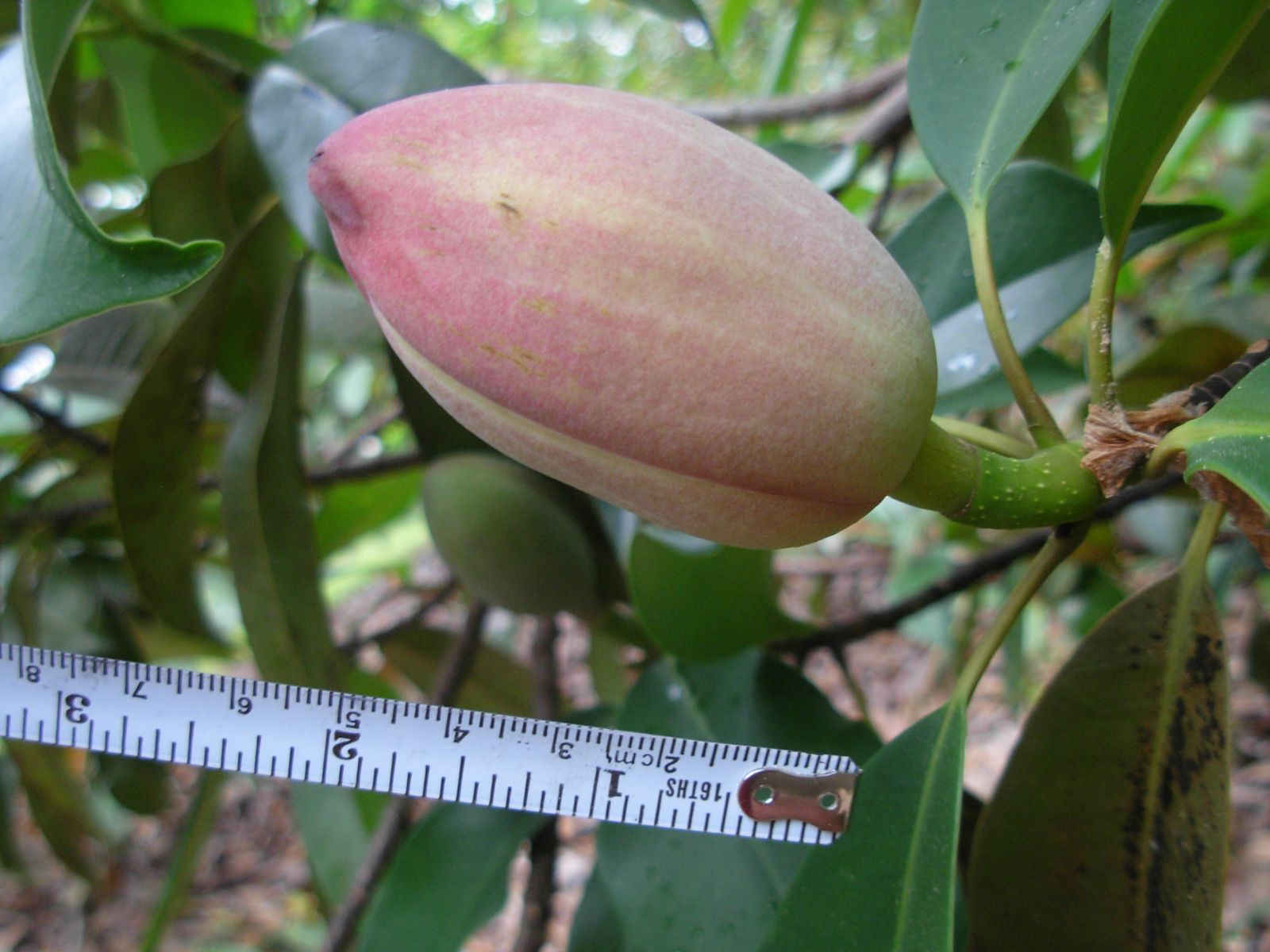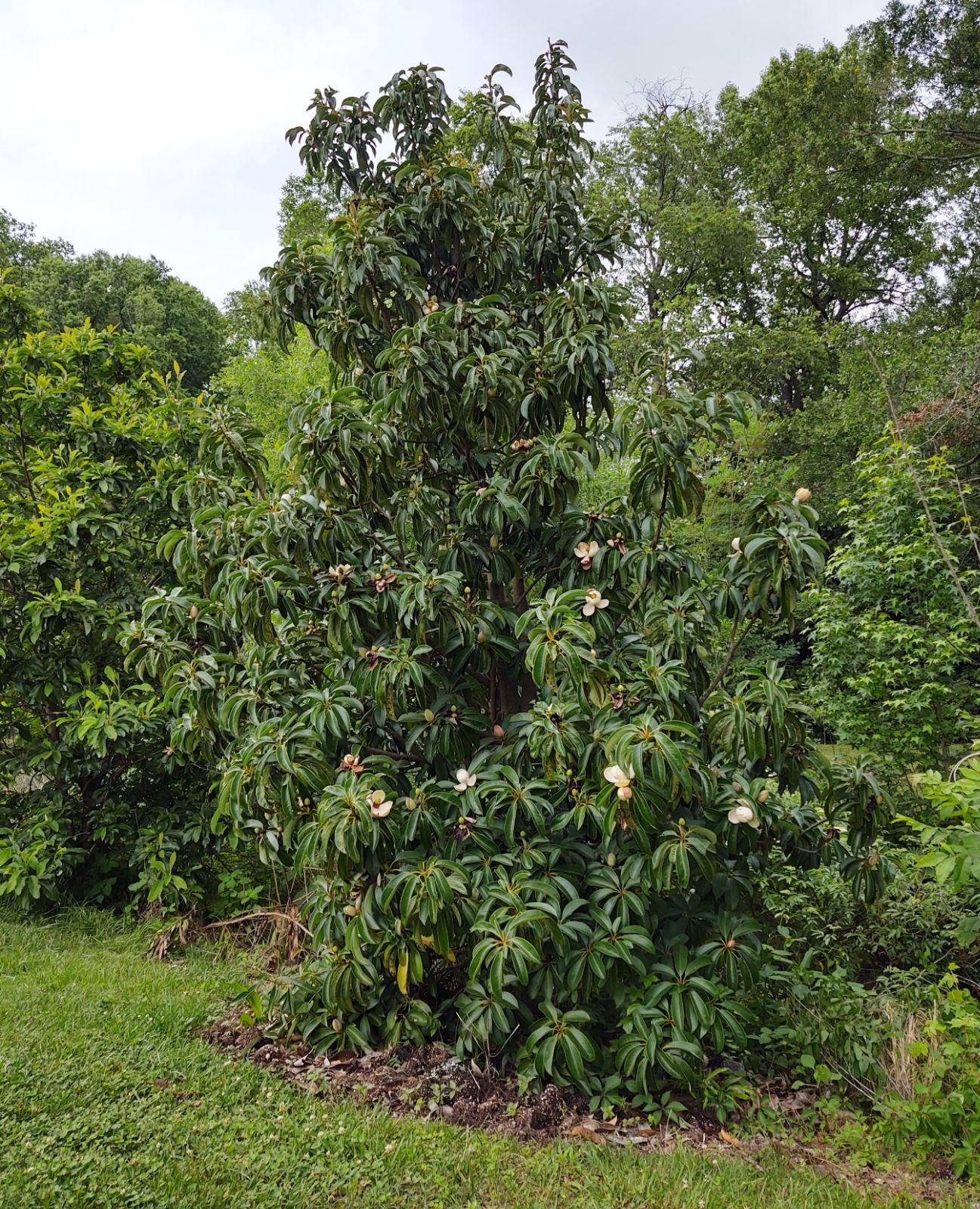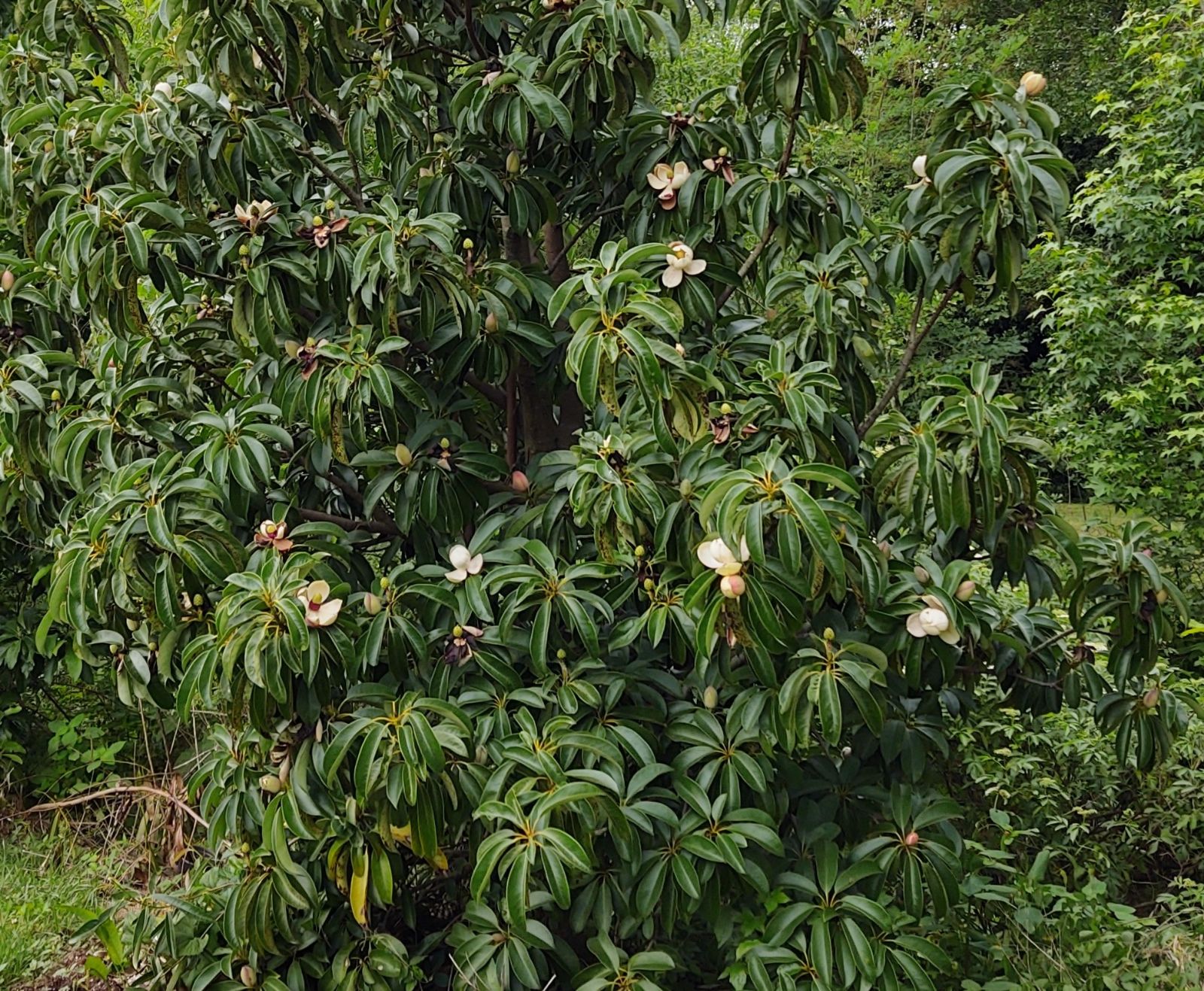Magnolia changhungtana
Sponsor
Kindly sponsored by
The Roy Overland Charitable Trust

Credits
Richard B. Figlar & Julian Sutton (2022)
Recommended citation
Figlar, R.B. & Sutton, J. (2022), 'Magnolia changhungtana' from the website Trees and Shrubs Online (treesandshrubsonline.
Genus
- Magnolia
- Section Manglietia
Common Names
- hou ye mu lian
Synonyms
- Manglietia pachyphylla H.T. Chang (replaced synonym)
Other taxa in genus
- Magnolia acuminata
- Magnolia × alba
- Magnolia amabilis
- Magnolia amoena
- Magnolia aromatica
- Magnolia biondii
- Magnolia × brooklynensis
- Magnolia campbellii
- Magnolia cathcartii
- Magnolia cavaleriei
- Magnolia caveana
- Magnolia champaca
- Magnolia chapensis
- Magnolia compressa
- Magnolia conifera
- Magnolia Cultivars A
- Magnolia Cultivars B
- Magnolia Cultivars C
- Magnolia Cultivars D
- Magnolia Cultivars E
- Magnolia Cultivars F
- Magnolia Cultivars G
- Magnolia Cultivars H–I
- Magnolia Cultivars J
- Magnolia Cultivars K
- Magnolia Cultivars L
- Magnolia Cultivars M
- Magnolia Cultivars N–O
- Magnolia Cultivars P
- Magnolia Cultivars Q–R
- Magnolia Cultivars S
- Magnolia Cultivars T
- Magnolia Cultivars U–V
- Magnolia Cultivars W–Z
- Magnolia cylindrica
- Magnolia dandyi
- Magnolia dawsoniana
- Magnolia de Vos and Kosar hybrids
- Magnolia decidua
- Magnolia delavayi
- Magnolia denudata
- Magnolia doltsopa
- Magnolia duclouxii
- Magnolia ernestii
- Magnolia figo
- Magnolia floribunda
- Magnolia × foggii
- Magnolia fordiana
- Magnolia foveolata
- Magnolia fraseri
- Magnolia fulva
- Magnolia globosa
- Magnolia × gotoburgensis
- Magnolia grandiflora
- Magnolia grandis
- Magnolia Gresham hybrids
- Magnolia guangdongensis
- Magnolia hookeri
- Magnolia insignis
- Magnolia Jury hybrids
- Magnolia × kewensis
- Magnolia kobus
- Magnolia kwangtungensis
- Magnolia laevifolia
- Magnolia lanuginosa
- Magnolia leveilleana
- Magnolia liliiflora
- Magnolia × loebneri
- Magnolia lotungensis
- Magnolia macclurei
- Magnolia macrophylla
- Magnolia martini
- Magnolia maudiae
- Magnolia nitida
- Magnolia obovata
- Magnolia officinalis
- Magnolia opipara
- Magnolia × proctoriana
- Magnolia × pruhoniciana
- Magnolia rostrata
- Magnolia salicifolia
- Magnolia sapaensis
- Magnolia sargentiana
- Magnolia sieboldii
- Magnolia sinensis
- Magnolia sinica
- Magnolia sinostellata
- Magnolia × soulangeana
- Magnolia sprengeri
- Magnolia stellata
- Magnolia tamaulipana
- Magnolia × thomsoniana
- Magnolia tripetala
- Magnolia × veitchii
- Magnolia virginiana
- Magnolia × wieseneri
- Magnolia wilsonii
- Magnolia xinganensis
- Magnolia yunnanensis
- Magnolia yuyuanensis
- Magnolia zenii
Evergreen tree to 16m tall and 30 cm dbh; bark dark grey to black; branchlets stout (to 1 cm diameter), glabrous, greenish-yellow when young becoming grey during second year; buds yellowish, glabrous to slightly brown-villous. Leaves obovate-elliptic to obovate-oblong, 12–32 × 5–10 cm, thickly coriaceous to almost rigid; base cuneate, apex acute; both surfaces glabrous, dark glossy green above, pale green beneath, secondary veins inconspicuous on both surfaces, 10–14 pairs on each side of the midrib, reticulation obscure (both surfaces); petioles stout, 2–5 cm long with relatively short stipular scars of only 15–25% the length of the petiole. Peduncles glabrous ~1.7–2 × 0.7 cm, pedicle ~5 mm long. Flowers fragrant, 12–16(–18) cm across; tepals 9, white, fleshy, the outer 3 (sometimes pinkish beneath) oblong, 5.5–8 × 3–4 cm, the inner 6 obovate, 3.2–4.3 × 2.5–3 cm; stamens red or red-purple beneath, ~1.5 cm long, falling during male phase, connective appendage apex rounded, filaments red. Gynoecium ovoid ~2.2 × 1.8 cm. Fruit ellipsoid, glabrous/glossy, ~7 × 4.5 cm; carpels 38–46, short-beaked, furrowed beneath, with 10–12 ovules per carpel; seeds usually 3 or 4 per carpel, covered with red sarcotesta; testa dark brown, grooved (not smooth). Flowering May; fruiting September (SE USA). Diploid 2n=38. (Xia, Liu & Nooteboom 2008; Chen & Nooteboom 1993).
Distribution China South-central Guangdong
Habitat Montane forests, 800–1500 m.
USDA Hardiness Zone 7b-9
RHS Hardiness Rating H3
Conservation status Data deficient (DD)
With its stunning white flowers to 18 cm in diameter, Magnolia changhungtana is among the largest flowering species of Section Manglietia that can be grown in temperate climates. However, even though it has been grown in the southeastern United States since 2003, there appear to be few thriving specimens to date, and these are at the very edge of our area.
M. changhungtana appears to be allied to M. fordiana, M. xinganensis and M. yuyuanensis based on the inconspicuous venation and reticulation on both sides of the leaf blades, the similar looking fruits, and the ovoid gynoecium and flower buds. It differs from these species in its white rather than green outer tepals, and its larger, very rigid, leaves (R. Figlar pers. obs.).
All individuals in cultivation are believed to be seedlings (and subsequent grafts) from the original introduction by the late Magnolia specialist Prof. Qing-Wen Zeng (South China Botanical Garden) to Dick Figlar in 2002. Figlar has found some evidence that in South Carolina it is more susceptible to drought and heat stress than these other species, especially when planted on drier upland sites. Perhaps further introductions will prove better suited to cultivation. In our North American area M. changhungtana is grown at the JC Raulston Arboretum in Raleigh, NC. Outside our area is is also grown at Atlanta Botanical Garden, Gainesville, GA, but perhaps the best specimen can be found in the Magnolia collection at Spartanburg Community College, SC where it has been sited on a rich floodplain a few metres from a small stream. This 8 year old tree – pictured below – is already about 4.5 m tall with a girth of 32 cm (R. Figlar pers. obs. 2021).
In Europe, Tom Hudson has a young plant growing at Tregrehan, Cornwall.
Experimental hybrids have been made by Kevin Parris with M. insignis as the pollen parent, demonstrating inheritance of pink tepal coloration down the male line (Parris 2018). F1 hybrids of this parentage have had a small commercial distribution in Europe (Pan-Global Plants 2021).

